RZB Emergency units for luminaires

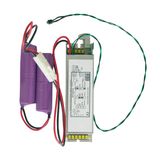
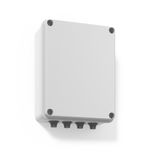
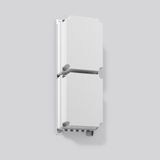
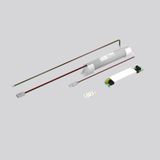
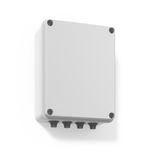

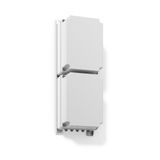
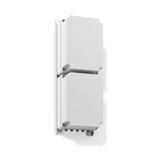
rzb emergency units for luminaires integration across professional fittings
Installers rely on rzb emergency units for luminaires when a standard light point must stay functional during power loss without redesigning the entire fitting. The modules drop straight into most RZB ceiling or wall housings and connect through pre-terminated plugs; wiring layouts remain untouched. Once powered, they monitor supply voltage and switch to battery mode within milliseconds. The electrical and thermal design follows IEC/EN 60598-2-22, so a retrofit fixture keeps its certification envelope.
Each unit drives the connected LED board at a stabilised current, usually 150–900 mA, maintaining rated flux for 1–3 h according to the chosen pack size. Protection for reverse polarity, short circuit, and charge cut-off is integrated on the PCB—field engineers rarely need extra fuses.
rzb emergency drivers versions and field behaviour
The range includes single-channel drivers for retrofit and two-channel types that combine normal and emergency outputs. Input tolerance 220–240 V AC 50/60 Hz, power factor typically 0.95, surge headroom 2–4 kV (L-PE). Output section provides 20–60 V DC SELV with constant-power regulation to keep light level stable as voltage drops.
Charging follows a CC/CV curve adapted for LiFePO₄ or NiMH cells. Internal sensors track temperature and cycle count; when a pack drifts outside its limits, the driver flags a warning through DALI or the indicator LED. The housings—stick or flat box—fit both trunking and shallow ceiling voids; crews usually secure them with existing bracket holes.
rzb battery modules construction and electrical data
Battery modules use tested LiFePO₄ (3.2 / 6.4 V) and NiMH (3.6 / 7.2 V) assemblies. Nominal capacities 2.2–8 Ah yield 1–3 h operation at ta 25 °C. Life expectancy averages 6–8 years when ambient stays below 35 °C. A thermal fuse and PTC element protect against runaway or deep discharge.
Leads terminate in keyed plugs under EN 60320-1; polarity mistakes are practically impossible. Cable jackets comply with EN 50575 Eca–Cca, and casings meet UL 94 V-0. Mounting clips line up with RZB luminaires’ mechanical grid, bend radius around 30 mm.
rzb self-test emergency units diagnostics and maintenance logic
Self-test models run their own function and duration cycles following EN 62034. Weekly checks energise the load for a few seconds, while annual tests verify full battery capacity. Results appear via bicolour LEDs or through a DALI-2 interface (IEC 62386-202). Installers can pull logs—battery voltage, test time, event count—directly into commissioning software.
A practical note: firmware updates travel through a small USB tool; rolling out uniform parameters across dozens of fittings takes minutes instead of individual resets. Facilities teams usually lock the schedule to off-hours to avoid visual disturbance.
rzb emergency control units network integration
Control modules supervise multiple emergency channels in larger buildings. One unit can coordinate up to 20 drivers, either by DALI address or dry-contact relay. Output relays are rated 230 V AC / 5 A, isolation verified per EN 61347-1.
Keep SELV and mains conductors apart—EN 60598-1 § 4.24 still applies. Twisted-pair signal wiring (Cat 5e or better, ISO/IEC 11801-1) holds up even near 230 V lines. When linked with RZB panels or trunk luminaires, these controllers let maintenance staff trigger system-wide tests or download failure reports through the same BMS gateway
Selection aspects for B2B clients
- Driver type – single channel for existing fittings, dual for combined operation.
- Battery setup – LiFePO₄ for long service life, NiMH for budget retrofits; autonomy 1–3 h.
- Diagnostics – basic indicator, full self-test, or DALI-2 networked control.
- Form factor – stick units fit linear housings, box types suit panels and downlights.
- Thermal and space limits – allow airflow around packs; 30 mm cable bend radius minimum.
- Environment – IP20 standard, IP40 where dust or condensation may occur.
Contractors usually narrow to one driver platform and one cell chemistry per site to simplify testing routines and spare inventory.
Advantages of working with Bankoflamps
Every project receives its own commercial framework: custom B2B pricing, an assigned account manager, and live stock data from EU warehouses. Quotes come back in roughly an hour. Orders go in by EAN / MPN, keeping traceability clean. Clients can download updated price lists, follow lead-time and status in real time, and review purchase analytics to merge SKUs. Trusted partners operate on post-payment up to 30 days. We arrange consolidated shipments to cut freight cost, fix pricing with validity dates, and support logistics across France, the Baltics, Germany, Spain, Italy, Belgium, and the Netherlands.